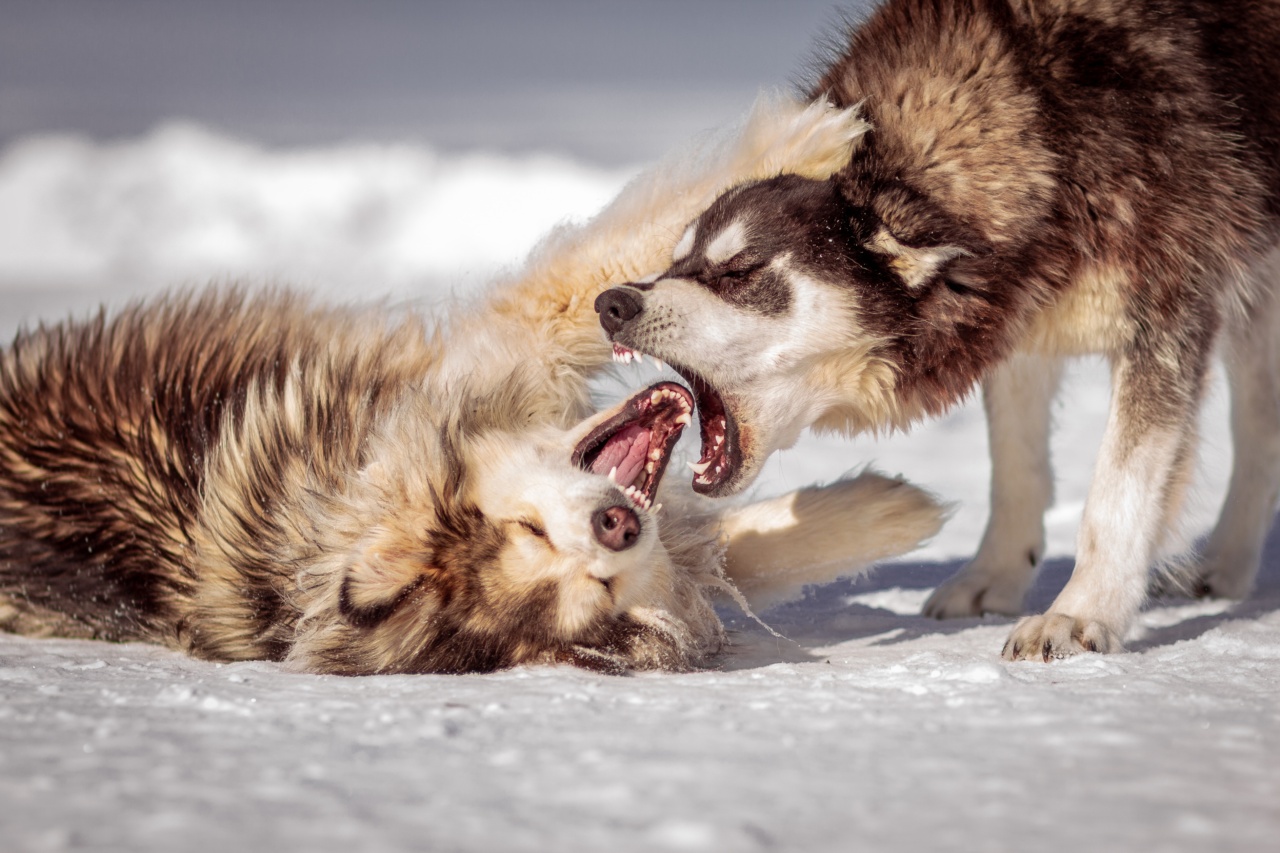Aggression in dogs is a complex behavior that can be influenced by various factors. Understanding what triggers aggression in dogs is crucial for both dog owners and individuals who interact with dogs regularly.
This article examines nine common factors that can contribute to a dog’s aggression.
1. Lack of Proper Socialization
One of the leading causes of dog aggression is a lack of proper socialization during the early stages of a dog’s life.
Dogs that don’t have adequate exposure to different environments, people, and other animals may become anxious and exhibit aggressive behaviors when faced with unfamiliar situations. Early socialization is key to raising a well-rounded and confident dog.
2. Fear and Anxiety
Dogs can become aggressive when they feel threatened or fearful. Fear aggression often occurs as a defensive response when a dog perceives a potential danger or an unfamiliar person or animal poses a threat.
Identifying the triggers that make a dog anxious or fearful is vital for managing their aggression effectively.
3. Previous Traumatic Experiences
Dogs that have experienced trauma or abuse in the past may exhibit aggression as a result. This aggression can be directed towards specific triggers associated with their traumatic experiences, such as certain types of people or objects.
Rehabilitation and patience are required to help these dogs overcome their past traumas and reduce their aggressive tendencies.
4. Resource Guarding
Dogs may display aggression when they feel the need to protect valuable resources, such as food, toys, or territory.
Resource guarding aggression can range from mild warnings to serious bites, and it often requires professional intervention to modify the dog’s behavior effectively. Teaching dogs to associate positive experiences with people or animals near their resources can help minimize resource guarding aggression.
5. Lack of Training and Discipline
Dogs that haven’t received proper training and discipline are more likely to display aggressive behaviors. Without consistent boundaries and guidance, dogs may become dominant, anxious, or have difficulty understanding and respecting limitations.
Basic obedience training and reward-based discipline are essential for shaping a dog’s behavior and preventing aggression.
6. Genetic Factors
Some dog breeds are more prone to aggression due to genetic predispositions. While breed alone does not determine a dog’s behavior, certain breeds may have a higher likelihood of exhibiting aggressive tendencies.
Understanding breed traits and working closely with responsible breeders can help dog owners choose a breed that suits their lifestyle and minimize the risk of aggression.
7. Pain or Medical Conditions
Underlying pain or medical conditions can contribute to aggression in dogs. Dogs in pain may become defensive and exhibit aggressive behaviors as a means of self-preservation.
Regular veterinary check-ups and prompt treatment of any medical issues are crucial for maintaining a dog’s physical and mental well-being.
8. Lack of Exercise and Mental Stimulation
Without proper exercise and mental stimulation, dogs can become bored, frustrated, and develop aggressive behaviors.
Engaging in regular physical activities and providing mental enrichment through interactive toys, puzzles, and training sessions can help channel their energy and prevent boredom-related aggression.
9. Owner’s Behavior and Handling
A dog’s behavior is often influenced by its owner’s behavior and handling practices. Inconsistent or harsh training methods, lack of leadership, and improper handling techniques can contribute to a dog’s aggression.
It is essential for owners to educate themselves about positive reinforcement training methods and practice calm, assertive leadership to promote a healthy and well-behaved canine companion.






























